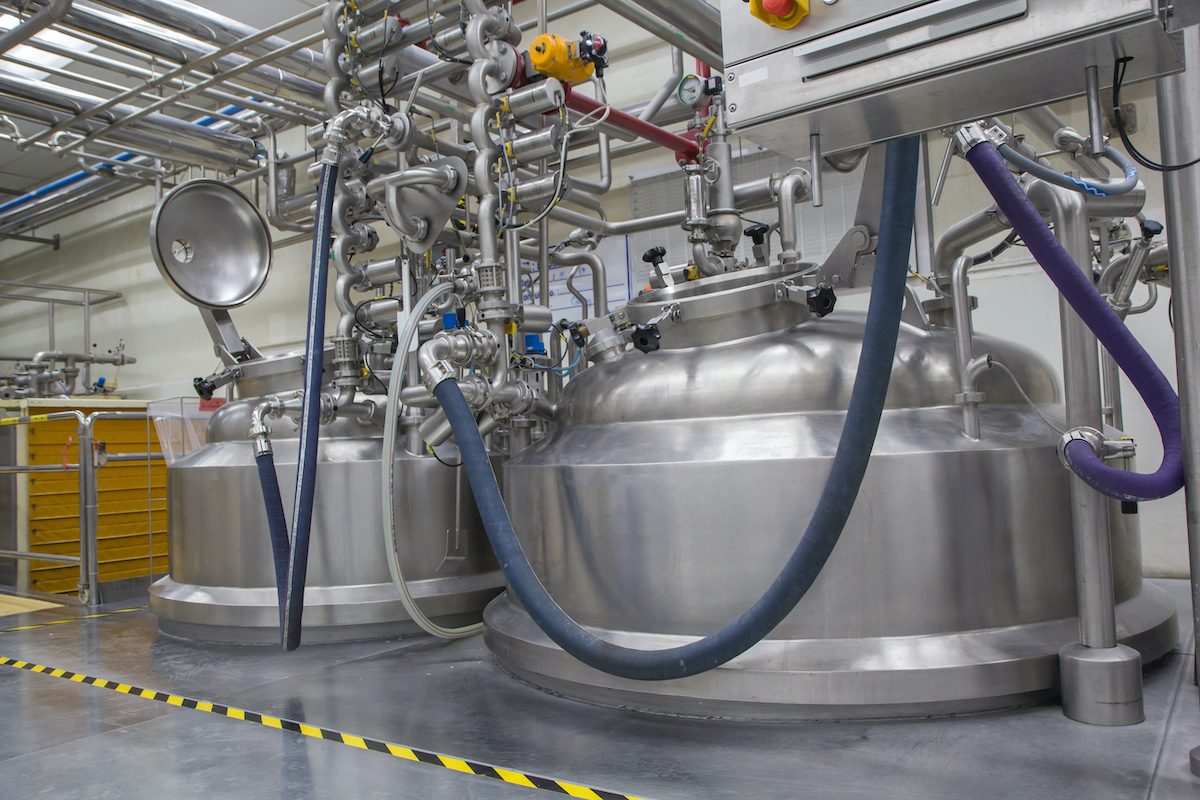Advancements in industrial blending have transformed mixing processes into highly efficient, precise operations. Modern mixing technologies optimize energy use, enhance product consistency, and incorporate automation and real-time data for process control. This article explores key innovations reshaping how industries mix liquids and solids to meet increasing production demands and quality standards.
Smart Automation and Industry 4.0 Integration
The advent of Industry 4.0 has brought digital connectivity and automation to mixing systems. Intelligent mixers equipped with sensors and data analytics enable operators to monitor variables such as torque, temperature, and viscosity in real time. This smart control optimizes mixing parameters dynamically, minimizing energy waste and maximizing product uniformity. Automation also reduces human error and maintenance downtime, increasing overall production throughput.
Digital twins and edge computing technologies further enable real-time simulation and on- site data processing, thereby improving response times for adjustments. These innovations provide manufacturers with precise control, ensuring consistent batch quality and operational efficiency in ever-complex formulations.
Energy Efficiency Innovations
Energy consumption remains a critical focus in industrial mixing, with new technologies designed to reduce power use without sacrificing performance. Variable Frequency Drives (VFDs) enable precise motor speed control, aligning with process demand and minimizing unnecessary energy waste during low-load phases. High-efficiency motors further improve electrical efficiency, thereby reducing operational costs.
Modern impeller designs, such as hydrofoil and axial flow models, deliver superior mixing performance at lower torque and shear levels. Continuous inline mixing systems replace batch processing, reducing idle equipment time and lowering energy per product volume. These methods contribute to sustainability goals by minimizing carbon footprints alongside maintaining high-quality blends.
Enhanced Mixing Techniques for Product Quality
Uniformity and process hygiene are central to product quality in industries ranging from pharmaceuticals to food production. Advanced mixing solutions prevent agglomerate formation and ensure rapid dispersion of solids into liquids. High-shear action mixers achieve homogeneous solutions free of lumps and bubbles, which is critical for sensitive formulations.
Vacuum mixing technology effectively addresses the challenges of air entrapment during the blending process, resulting in smooth, bubble-free mixtures that are crucial for high-quality healthcare, pharmaceutical, and cosmetic products. By eliminating unwanted air, it enhances product consistency, texture, and shelf life. Continuous real-time mixing systems further maintain precise standards of dispersion and hydration, ensuring process repeatability, reducing production variability, and improving overall manufacturing efficiency.
Future Trends and Sustainable Practices
Looking forward, the integration of artificial intelligence and machine learning will further revolutionize mixing operations. These systems will utilize predictive analytics to optimize mixing schedules, anticipate maintenance needs, and dynamically reduce energy consumption. On-site renewable energy integration and biodegradable mixing aids will enhance environmental sustainability in the mixing process.
Modular mixer designs and IoT connectivity will enable more flexible, scalable operations that adapt seamlessly to evolving production requirements. The ongoing push for smart, energy-conscious technology will redefine efficiency and quality benchmarks across industrial sectors.
This wave of technological advancements transforms how materials are blended in industrial sectors, driving both operational excellence and economic benefits. The use of a mixing agitator enhanced with smart features ensures efficient, high-quality production that keeps pace with the evolving demands of modern manufacturing.



































